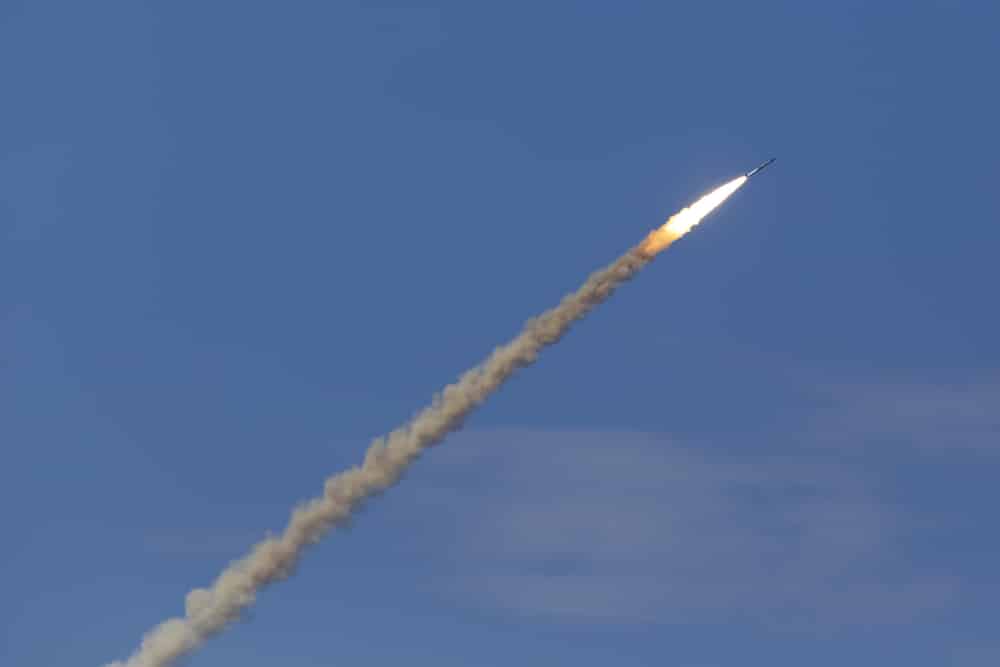A simulation run by the Beijing Institute of Electronic System Engineering found that one of its missiles could hit the US mainland within 1,997 seconds, if not intercepted by US missile defense, according to Business Insider.
The study simulated the firing of a Hwasongpho-15 missile from the central North Korean city of Sunchon, towards Columbia, Missouri, per the SCMP. The Hwasongpho-15 is a two-stage, likely nuclear-capable missile with an operational range of up to 8,000 miles. This is “sufficient to hit the entire US homeland,” the SCMP reported the study’s leader, Tang Yuyan, as saying.
The study also said the US missile defense system would be alerted about 20 seconds after firing, and that the first interceptor missiles would be launched around 11 minutes later, per the SCMP.
It added that while the US’ missile defense network is robust, there are still gaps in its satellite-aided system for tracking missiles, leaving open the possibility that one could slip through, per the outlet.
The report, released mid-February, came ahead of a series of North Korean test-firings this week. On Monday, two strategic cruise missiles were fired from a submarine off North Korea’s eastern coast, according to Al-Jazeera.
An ICBM test also occured at around 7 a.m. local time on Thursday, the BBC reported, citing Japanese and South Korean officials. The missile traveled around 620 miles and fell into waters west of Japan, per the BBC.


















